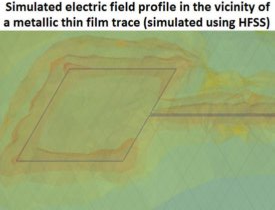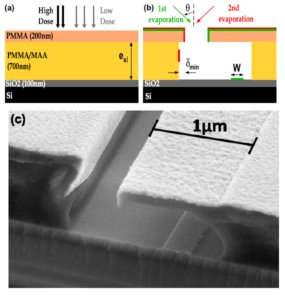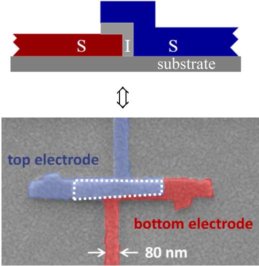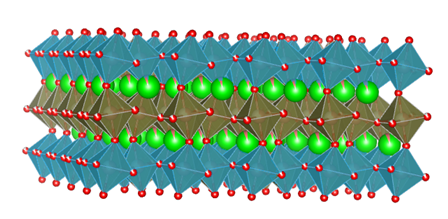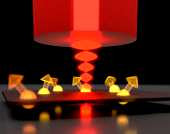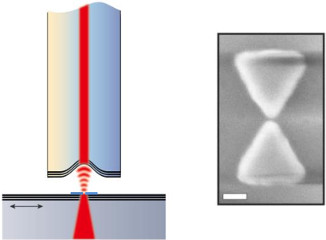Stellenangebote
Currently no job offers available.
We are looking for qualified candidates with Bachelor, Master oder PhD degree for the realisation of our research programm.
Some specific research projects are listed below.
For inquiries about our topical job offers at IQMT please contact Prof. Matthieu Le Tacon.
______________________________________________________________________
PhD students of IQMT can apply for membership of
KIT Graduate School of Quantum Matter
to attend summer schools and other activities.
______________________________________________________________________
Job offers at IQMT:

